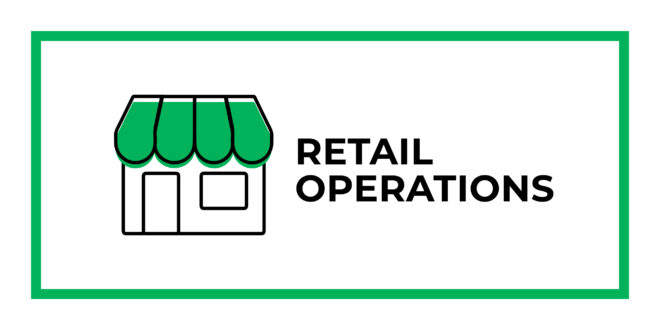By Tony Corsberg
Principle
Merchant5 Advisors
Product assortment is the bedrock of retail. Assortment planning is the process of selecting the right items to be presented in a limited selling space that meet customers’ needs and are productive inventory within that space. It can be as simple as a “cut and paste” planogram from a reliable supplier, or it can be a curated assortment utilizing the diverse supply chain eco-system we covered earlier that can provide a more unique product mix. Either way, the assortment should be intentional and consistent with the retailer’s brand, helping differentiate them from other retailers. This is part of the 5P recipe of merchandising that exercises art and science, intuition and data.
It starts with a clear understanding of the retailer’s brand. This brand is not just the store name or the logo. This brand is how the operation is perceived, who the operation is and what it stands for in the marketplace. The operation can be a hardware store, home center, lumberyard, building supply, paint, farm and feed store or a variation of these. The better retailers craft their unique brand within this framework, differentiating themselves through an intentional and strategic assortment planning process that delivers their brand in their aisles every day. These retailers stay in their lane and do not deviate with “bolt on” assortments or irrelevant products that might confuse the brand with their customers.
This intentional approach to assortment planning puts key categories for the retailer in a “market position” relative to the competition in the trading area. Standard industry market positions for departments or categories are as follows: Dominant, offering more SKUs than competition; Competitive, similar SKU count and price points; Focused, offering a carefully selected and targeted SKU mix; and Convenient, offering a minimal selection. Once a market position is established, an assortment plan is created to deliver it.
In the end, the right assortment plan will have the right brands where relevant, a logical range of price points without gaps or duplicating SKUs that cannibalize sales from other SKUs and include those essential accessory items necessary to complete the project.
Know your brand, assort to that brand and deliver it in your selling space. Don’t set it and forget it. The assortment plan’s life cycle has only begun.
Want to learn more about merchandising? Check out the North American Hardware and Paint Association’s Foundations of Retail Merchandising Management program. This course provides students with the strategies and skills to manage merchandising and assortment planning at their stores, including visual merchandising, vendor relations, category management and more.
Tony Corsberg’s nearly 45-year career began as a stocker at Friedman Bros. Hardware in Santa Rosa, California. He eventually served as vice president of merchandising, where he spearheaded the rebranding initiative that created Friedman’s Home Improvement, which today operates four large-format home centers with lumberyards in northern California. Tony retired from Friedman’s in 2018 and later started his consulting firm Merchant5 Advisors, guiding independent retailers in merchandising initiatives. In 2022, he was integral in the development of NHPA’s Foundations of Merchandising Management program. Connect with Tony: tonycorsberg@gmail.com or Merchant5.com.
 Hardware Retailing The Industry's Source for Insights and Information
Hardware Retailing The Industry's Source for Insights and Information






